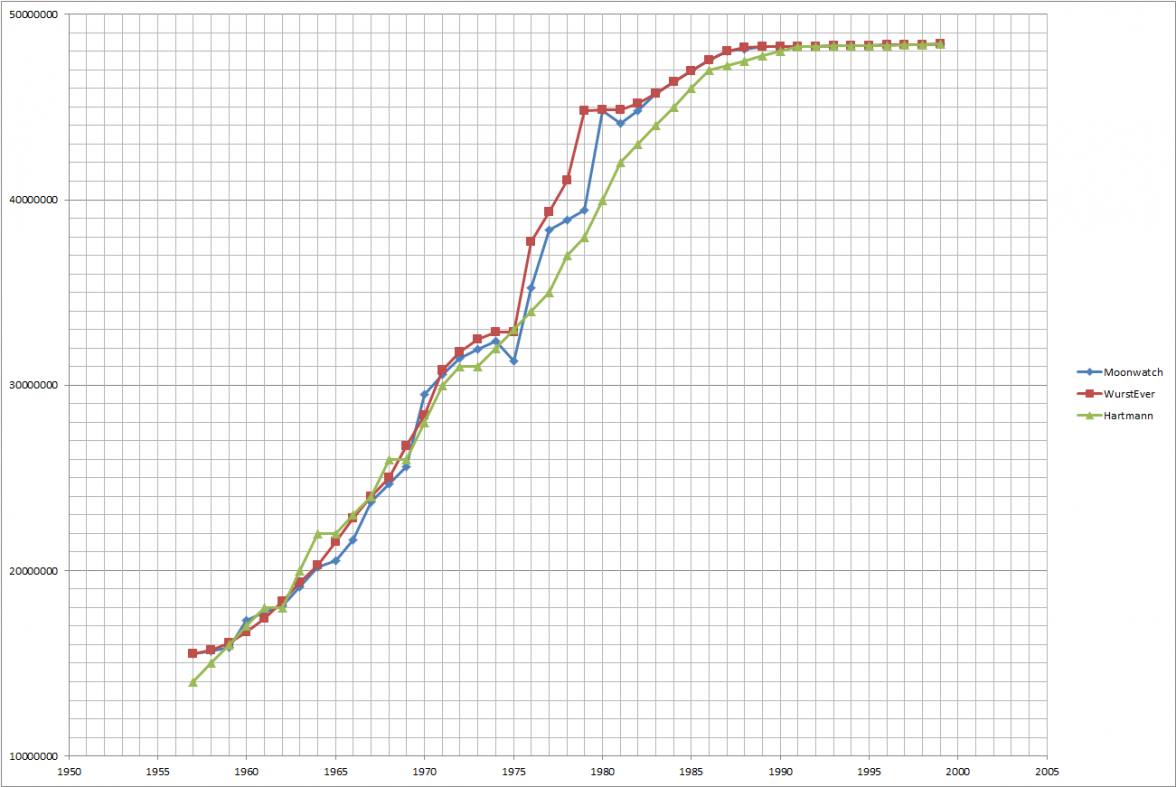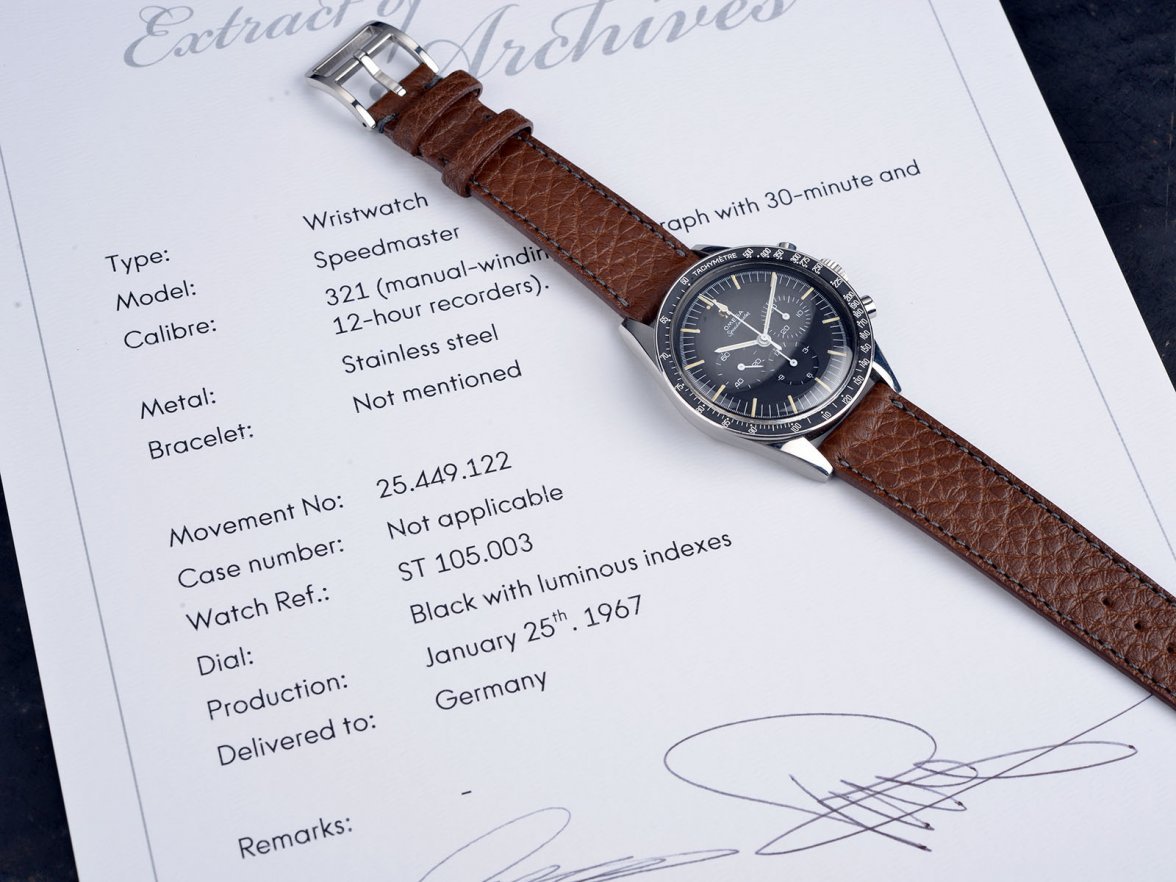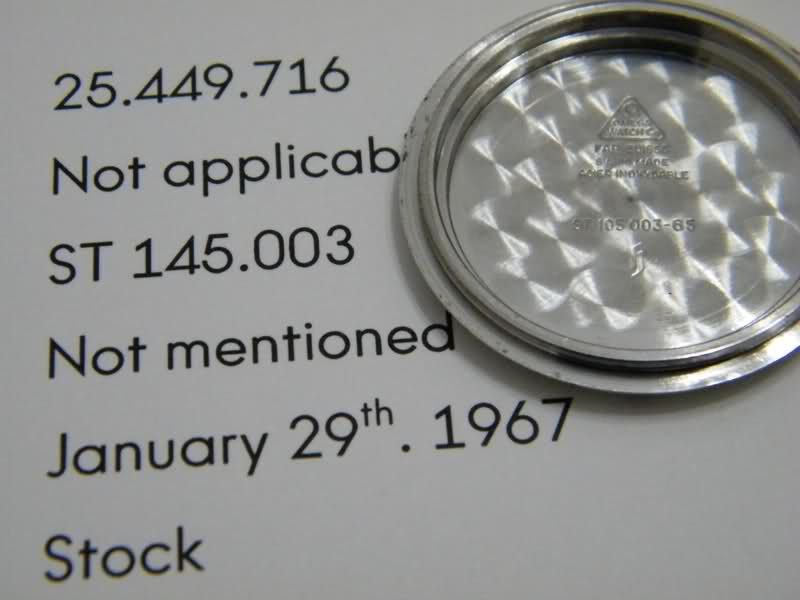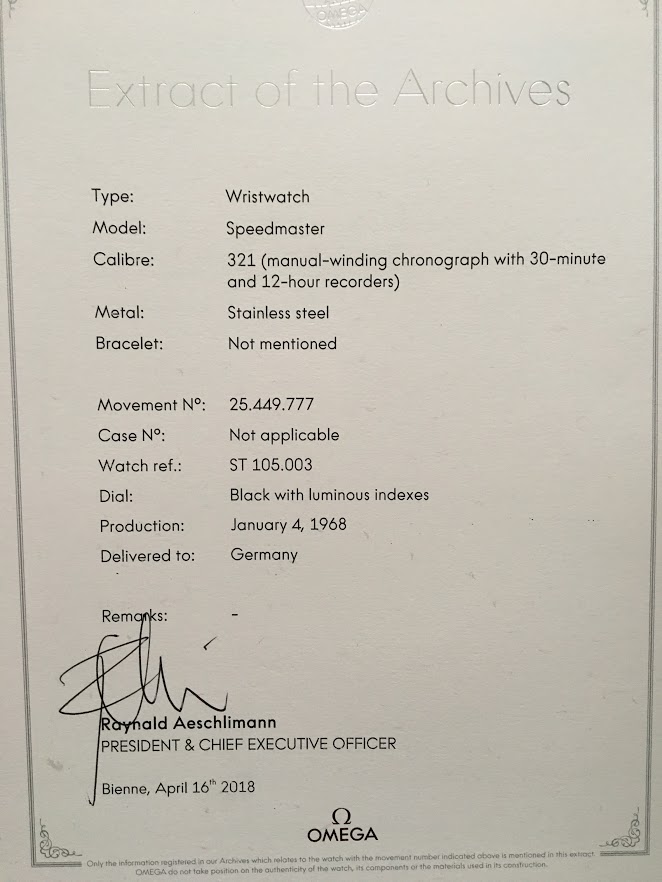Already thought about that, will have an answer soon (
@WurstEver, you taken a look yet?)
😀
So, I'm just starting to get my head around this, but the first thing that sticks out is that only some of the newly published information is related to the analyses presented in this thread. Breaking the new information down into sections, here's how I see it:
1. Reference summary panels: these map references and sub-references to production date ranges and production volumes. There is no direct mapping between serial numbers and production dates here. There are, however, some photos of absolutely bloody beautiful watches!
😀
2. Table A: This information maps references and sub-references to serial number ranges and production volumes. There is no direct mapping between serial numbers and production dates here.
3. Table B: Here we get the first new information that is of direct relevance to the analyses presented in this thread. This table maps serial numbers to reference numbers and years of production for cal. 321 speedies. This information should be consistent with the information we have collated from extracts.
4. Table C: Same information as Table B, but for cal. 861/1861 speedies. As above, this information should be consistent with the information and analyses presented in this thread.
So, it might only really be Table B and Table C that have a direct bearing on the matter of how serial numbers and production dates are related. Testing for consistency should be a simple matter - just like the comparisons with Hartmann's table which kicked this all off. However, sadly, I'm not going to be able to do any number crunching on this for about a week
🙁
Finally, it's worth noting that the new tables still only give production date estimates to within a calendar year (or two... or three!). The methods that we've been working on here are still the only game in town when it comes to estimating production dates down to the month
👍


